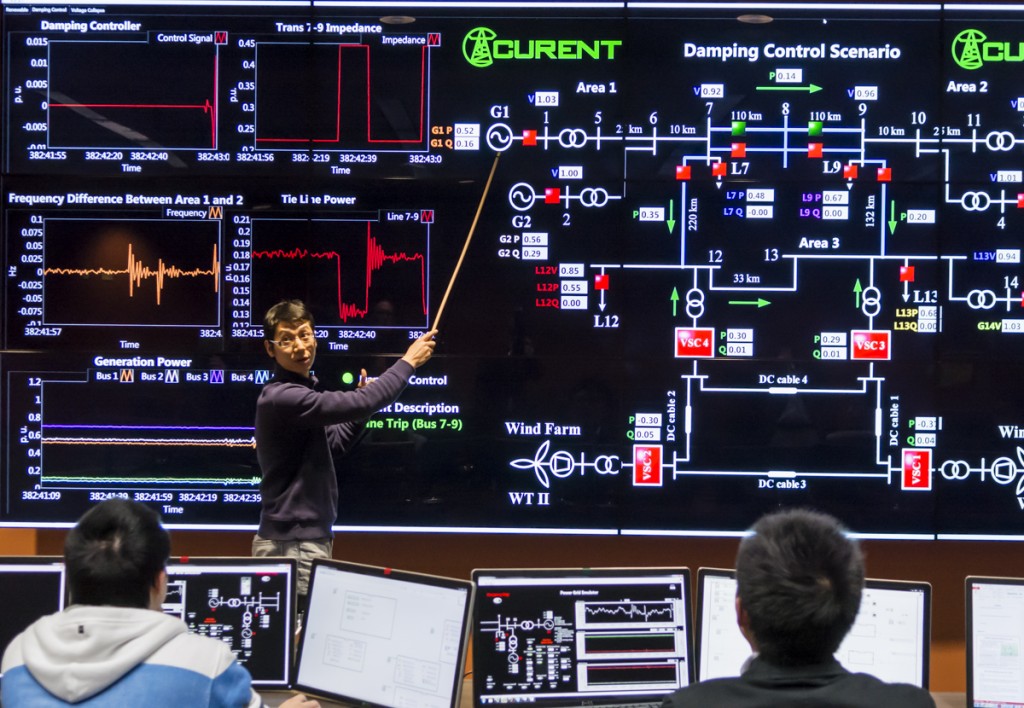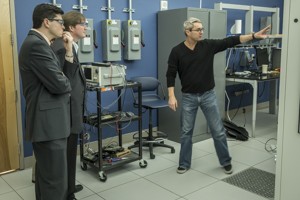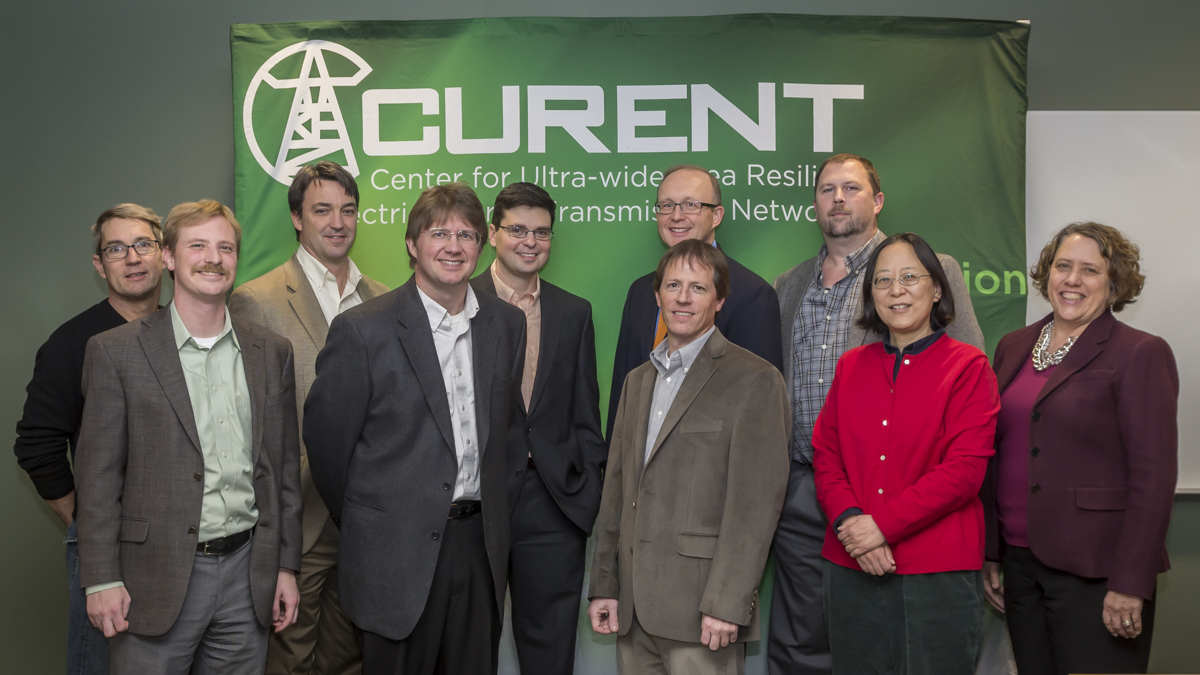
Technology for Energy Corporation’s electrical power division recently joined the University of Tennessee-Knoxville’s Engineering Research Center.
The Center for Ultra-wide-area Resilient Electric Energy Transmission Networks, or CURENT, is a joint research project funded by the National Science Foundation and the U.S. Department of Energy designed to help build the nation’s future electric power transmission system for greater efficiency, higher reliability, lower cost, and better accommodation of renewable sources.
While UTK is the lead institution for this project, Northeastern University, Rensselaer Polytechnic Institute and Tuskegee University are partner institutions all focused on addressing societal energy needs for reliable, highly available power.

“There has been a lot of focus at the consumer level for greater control of demand,” said Kevin Tomsovic, CURENT director. “But the core challenge facing operation of an extremely large, complex electric network with tens of thousands of transmission lines, buses, and potentially millions of control points remains unaddressed.”
Therefore, researchers, students and industrial partners are working together to achieve fundamental breakthroughs in controlling interconnection-wide dynamics and managing resources across vast geographical distances, widely varying timescales, and diverse productions sizes.
“We know how to accurately measure power and harmonics,” said Steve Hudson, chief Powermetrix engineer. “We are excited to join the thought leaders and other industrial partners to help solve the problems the electric industry faces.”
Powermetrix is providing the CURENT program with the PowerMaster Model 8301 AC reference standard. This standard features AC voltage and frequency measurement accuracy of 0.01% and NIST traceability, that will allow CURENT to confirm the veracity of their power monitoring equipment used throughout the world.
Specifically, the goals of the research program are to:
- Reduce the rate of major power blackouts in America by 80%;
- Increase transmission capacity utilization by 30%;
- All renewable resource penetration of 50% or greater, without impacting reliability;
- Realize wide-area control of responsive loads; and
- Achieve near nation-wide grid situational awareness at all control centers.
To achieve this goal, CURENT occupies more than 16,000 square feet of the newly-constructed Min H. Kao Building on the UTK campus where they have installed a Hardware Testbed, monitoring and visualization lab as well as high power systems and power electronics lab facilities.
Membership in CURENT gives industrial partners access to the ERC’s non-proprietary information; opportunities to participate in workshops, conferences and short courses; access to students and faculty for commercialization projects; and opportunities to develop practical applications based on research.
“CURENT is setting the course for the future of the electric utility infrastructure,” said Powermetrix Software Development Manager Brien Evans. “Powermetrix brings a wealth of experience developing innovative measurement equipment for the utility space. Our work together will create new solutions for the next generation of the grid.”

For more information:
— Photos by Robert Berlin, Powermetrix







